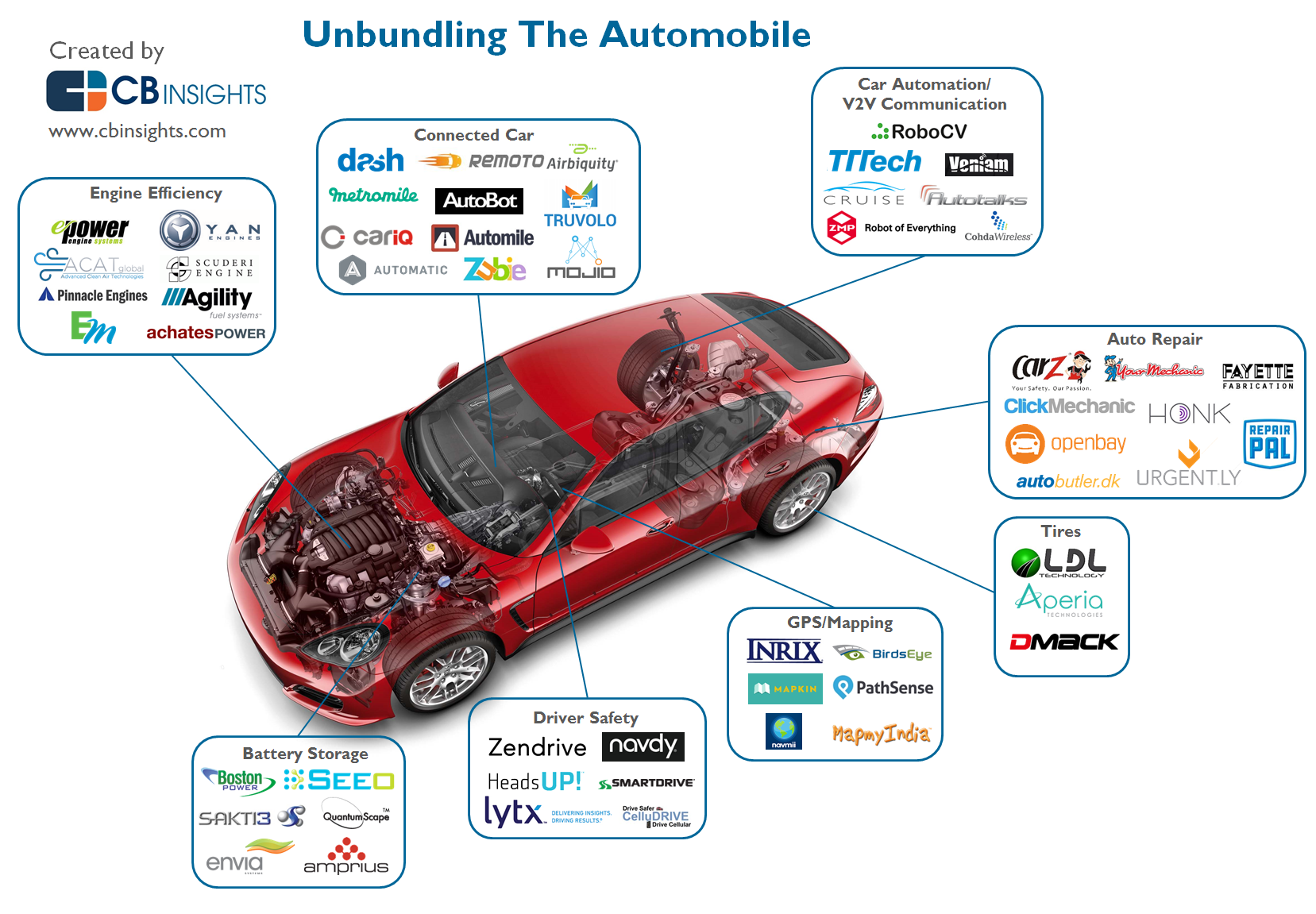Comprehending Your Vehicle'S Warning Lighting: What Do They Truly Mean?
Comprehending Your Vehicle'S Warning Lighting: What Do They Truly Mean?
Blog Article
Authored By- use this link
When you lag the wheel, those radiant caution lights on your dashboard can be a bit complicated. Do you recognize what they're trying to inform you regarding your cars and truck's health? Recognizing the value of these lights is crucial for your safety and security and the longevity of your car. So, the next time one of those lights pops up, wouldn't you wish to understand its message precisely and take the necessary steps to address it?
Common Caution Lights and Interpretations
Identify typical warning lights in your auto and understand their significances to make certain risk-free driving.
The most common caution lights include the check engine light, which signals problems with the engine or emissions system. If this light comes on, it's crucial to have your automobile inspected without delay.
The oil stress cautioning light suggests reduced oil pressure, calling for immediate interest to stop engine damages.
A flashing battery light might suggest a malfunctioning billing system, possibly leaving you stranded if not dealt with.
The tire stress surveillance system (TPMS) light informs you to reduced tire stress, impacting car security and fuel effectiveness. Neglecting this can lead to dangerous driving problems.
The abdominal muscle light indicates a problem with the anti-lock braking system, jeopardizing your ability to stop quickly in emergency situations.
Finally, the coolant temperature level advising light warns of engine getting too hot, which can result in severe damage otherwise solved swiftly.
Recognizing these usual warning lights will help you resolve issues without delay and maintain safe driving problems.
Relevance of Prompt Interest
Understanding the typical caution lights in your automobile is only the initial step; the importance of without delay addressing these warnings can't be stressed enough to guarantee your safety and security on the road.
When Highly recommended Internet page brightens on your control panel, it's your auto's means of communicating a potential problem that requires focus. Overlooking these cautions can cause more severe troubles down the road, jeopardizing your safety and security and potentially costing you a lot more in repairs.
Prompt attention to alerting lights can stop failures and crashes. For instance, a blinking check engine light might indicate a misfire that, if left neglected, might trigger damages to the catalytic converter. Addressing this promptly can conserve you from a pricey repair work.
Similarly, a brake system advising light might signal reduced brake liquid or used brake pads, essential parts for your security when driving.
DIY Troubleshooting Tips
If you notice a warning light on your dashboard, there are a few do it yourself fixing ideas you can attempt before looking for specialist assistance.
The very first step is to consult your auto's manual to comprehend what the specific warning light suggests. Often the problem can be as easy as a loosened gas cap triggering the check engine light. Tightening up the gas cap might settle the trouble.
One more common problem is a reduced battery, which can cause various alerting lights. Checking the battery links for corrosion and guaranteeing they're safe and secure might deal with the trouble.
If a warning light persists, you can attempt resetting it by disconnecting the car's battery for a couple of mins and afterwards reconnecting it. Additionally, inspecting your car's fluid levels, such as oil, coolant, and brake liquid, can aid fix advising lights associated with these systems.
Conclusion
Finally, recognizing your automobile's warning lights is important for keeping your lorry running efficiently and securely. By immediately dealing with these alerts and understanding what they imply, you can avoid expensive repairs and potential break downs.
Remember to consult your automobile's guidebook for particular details on each warning light and do something about it as necessary to ensure a hassle-free driving experience.
Stay notified, remain risk-free when driving!
